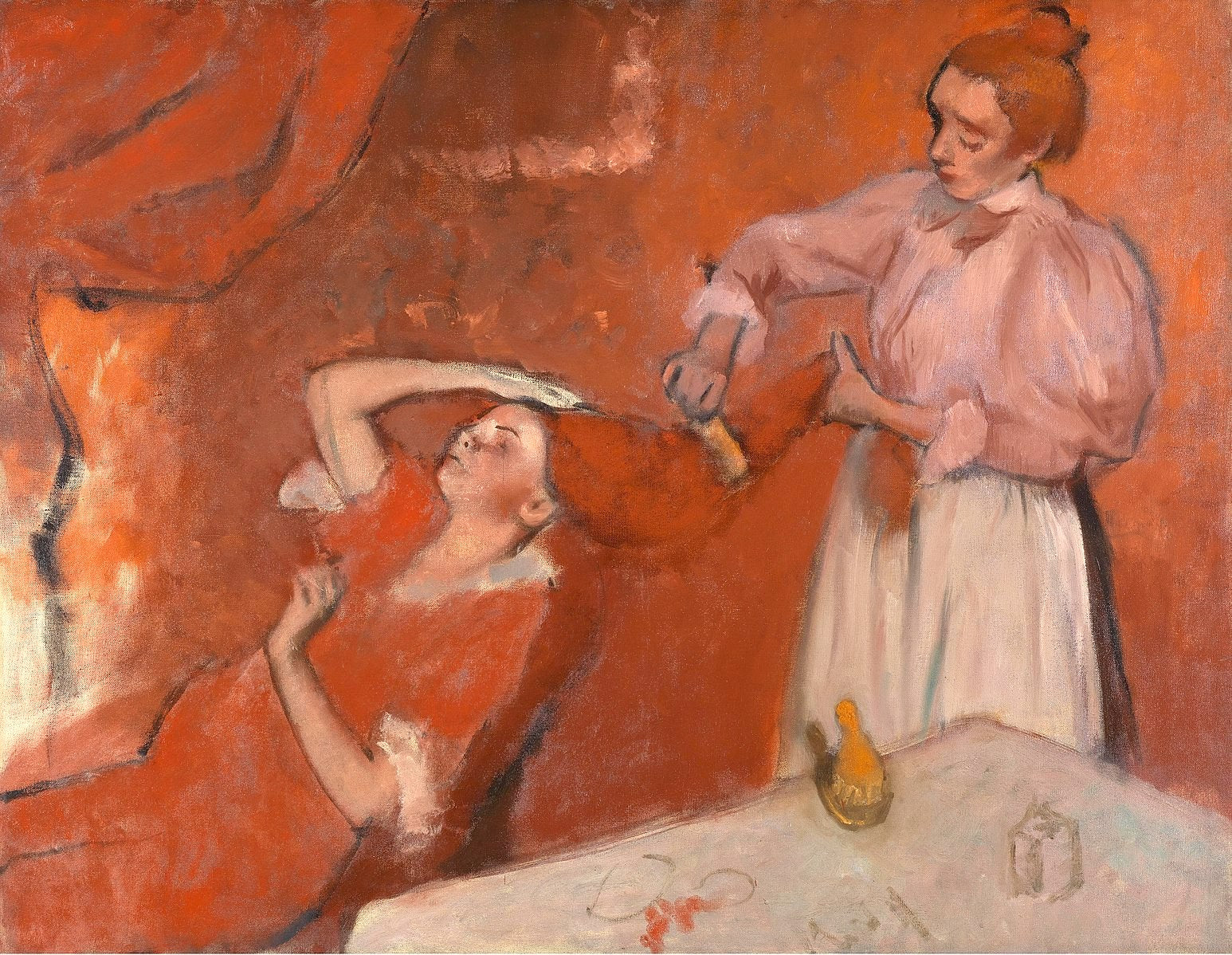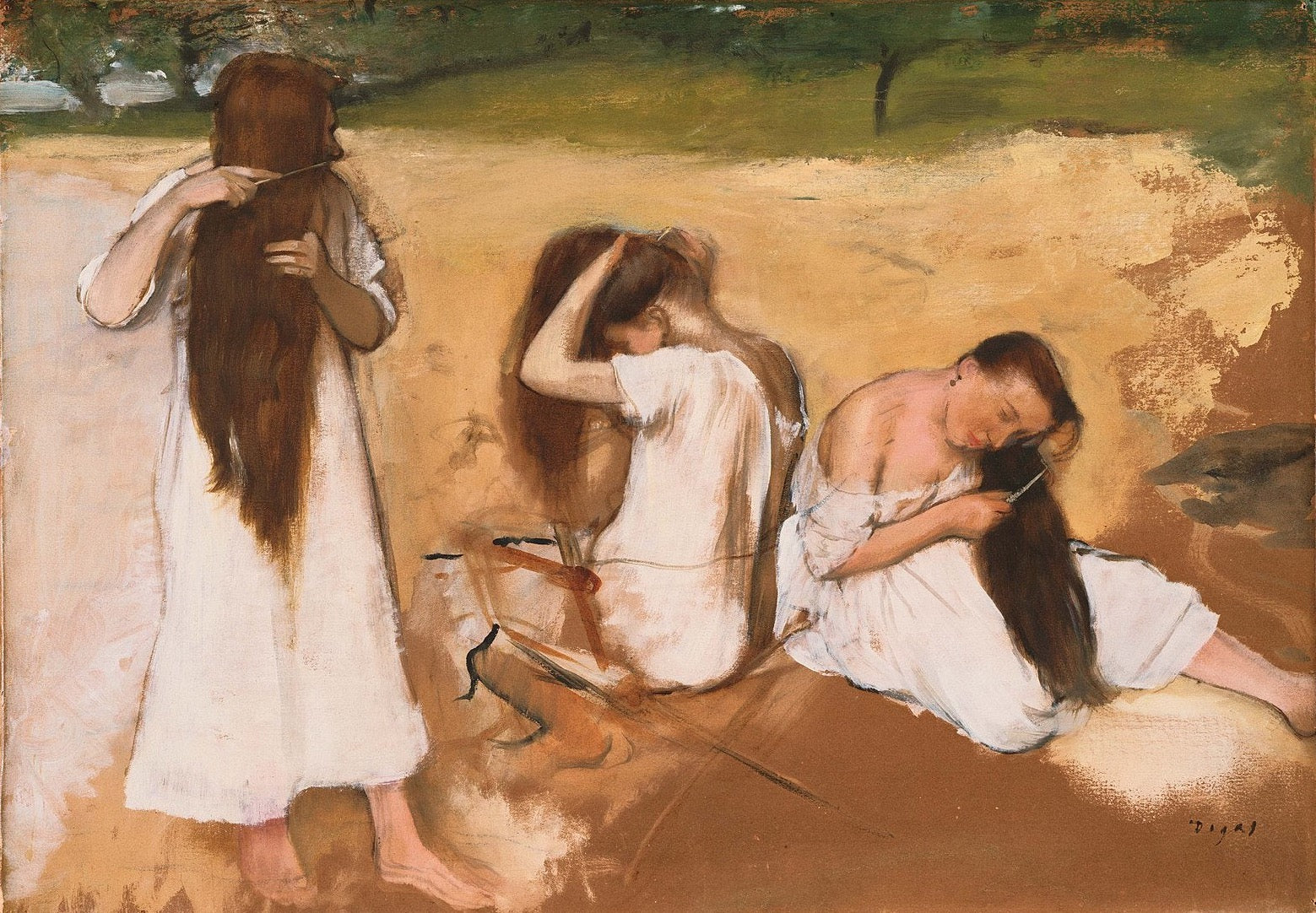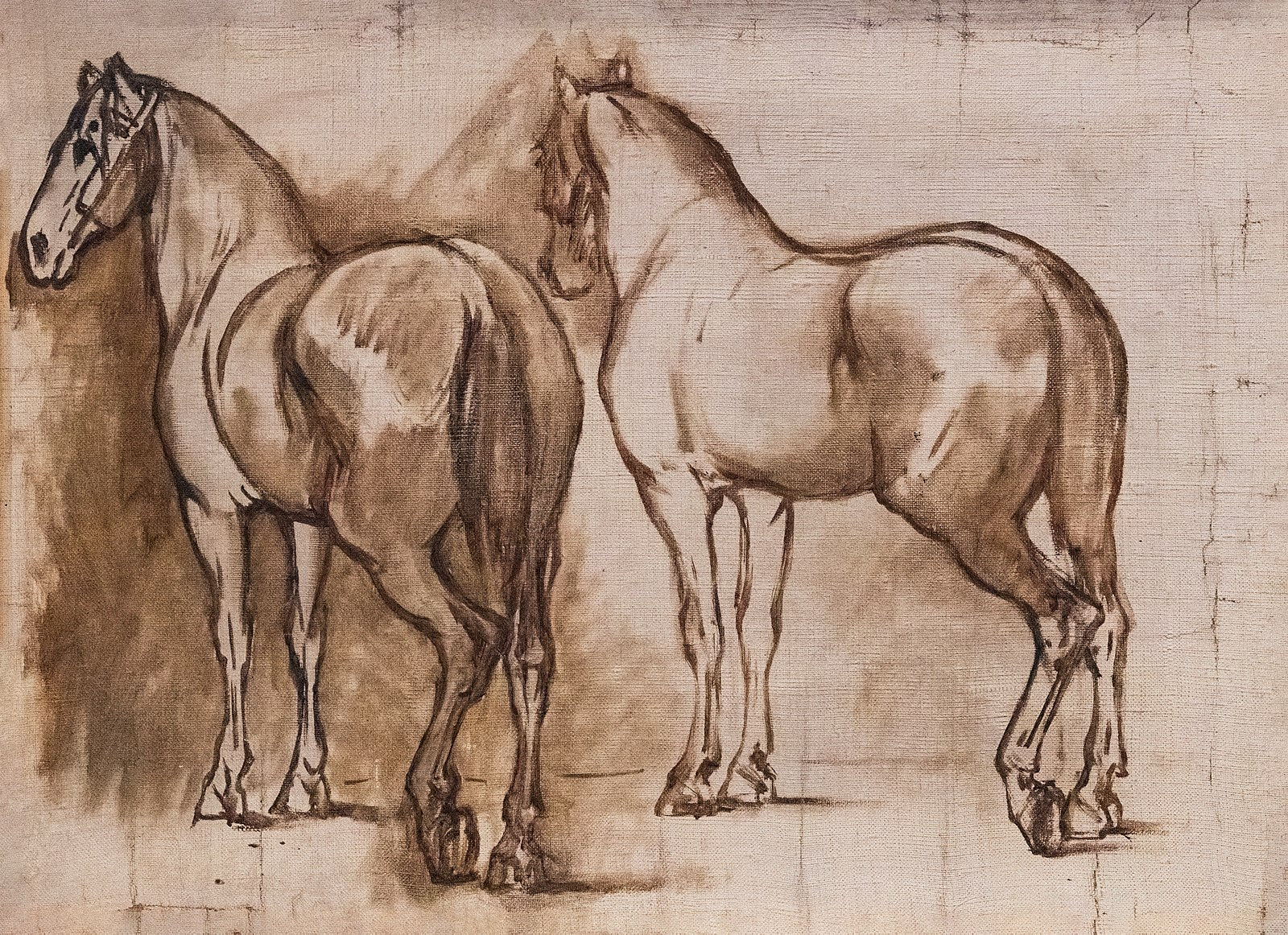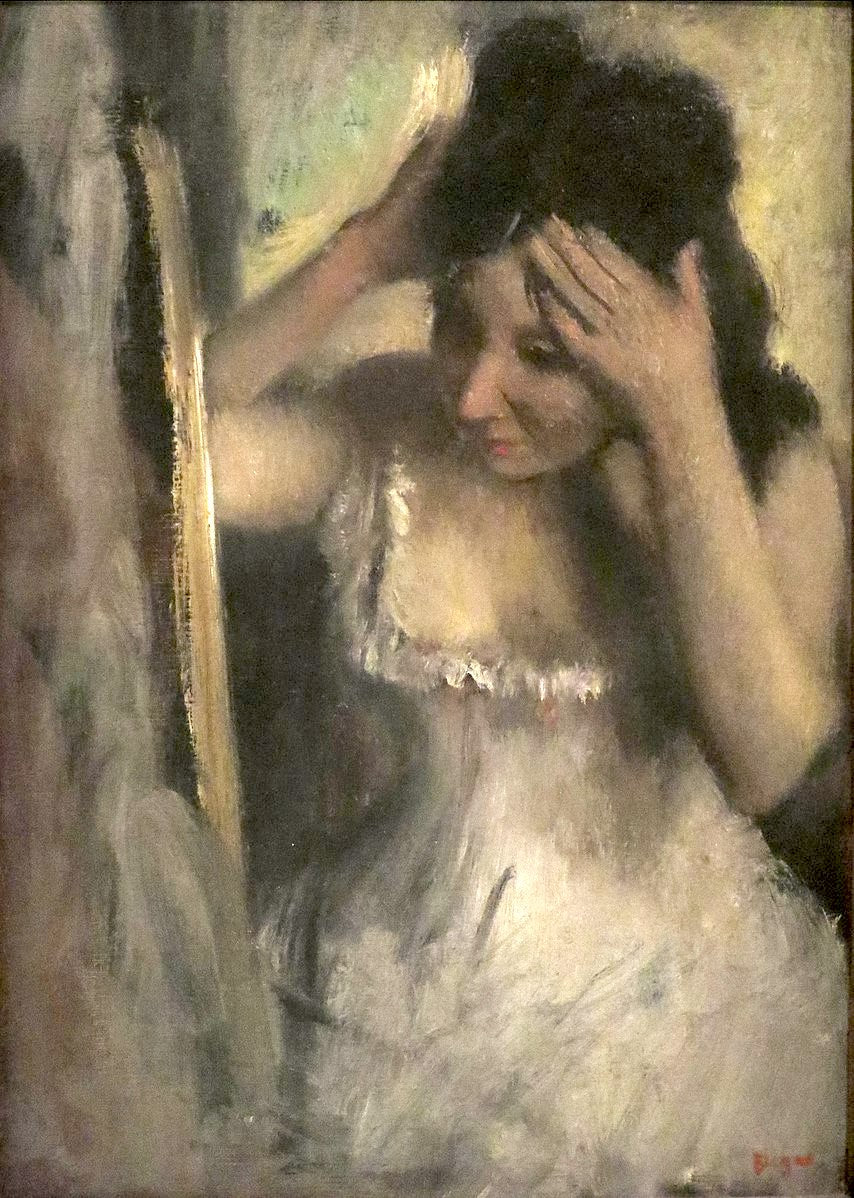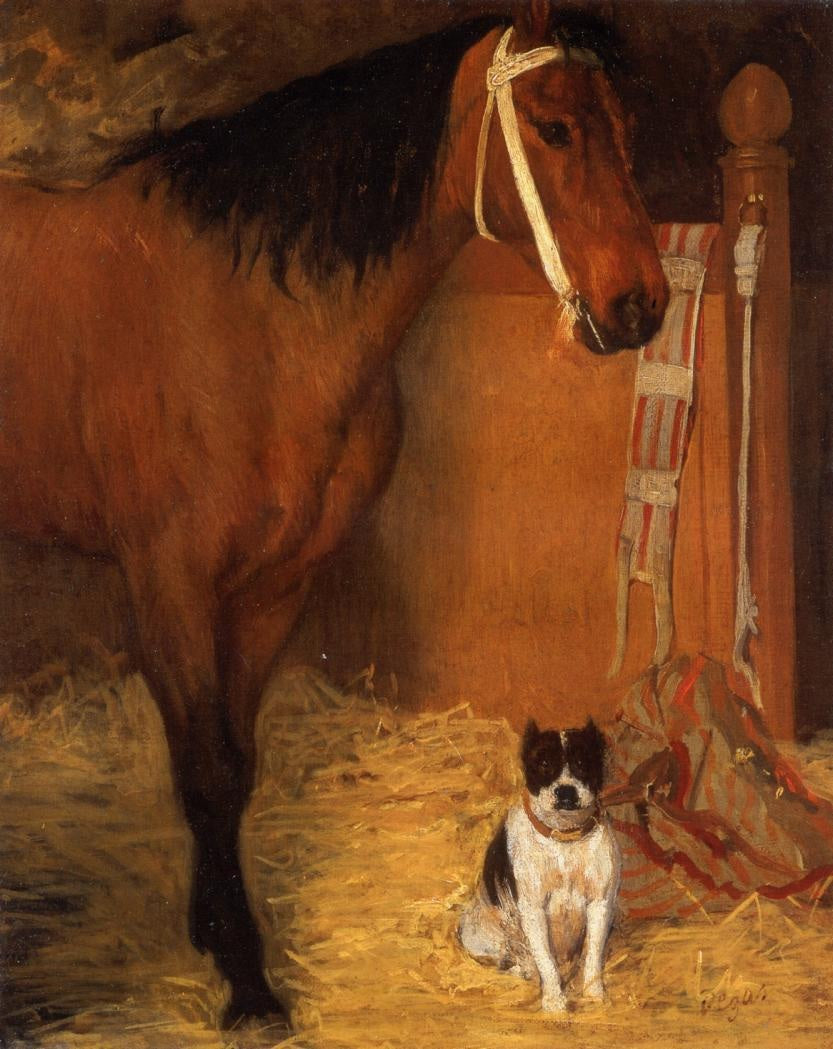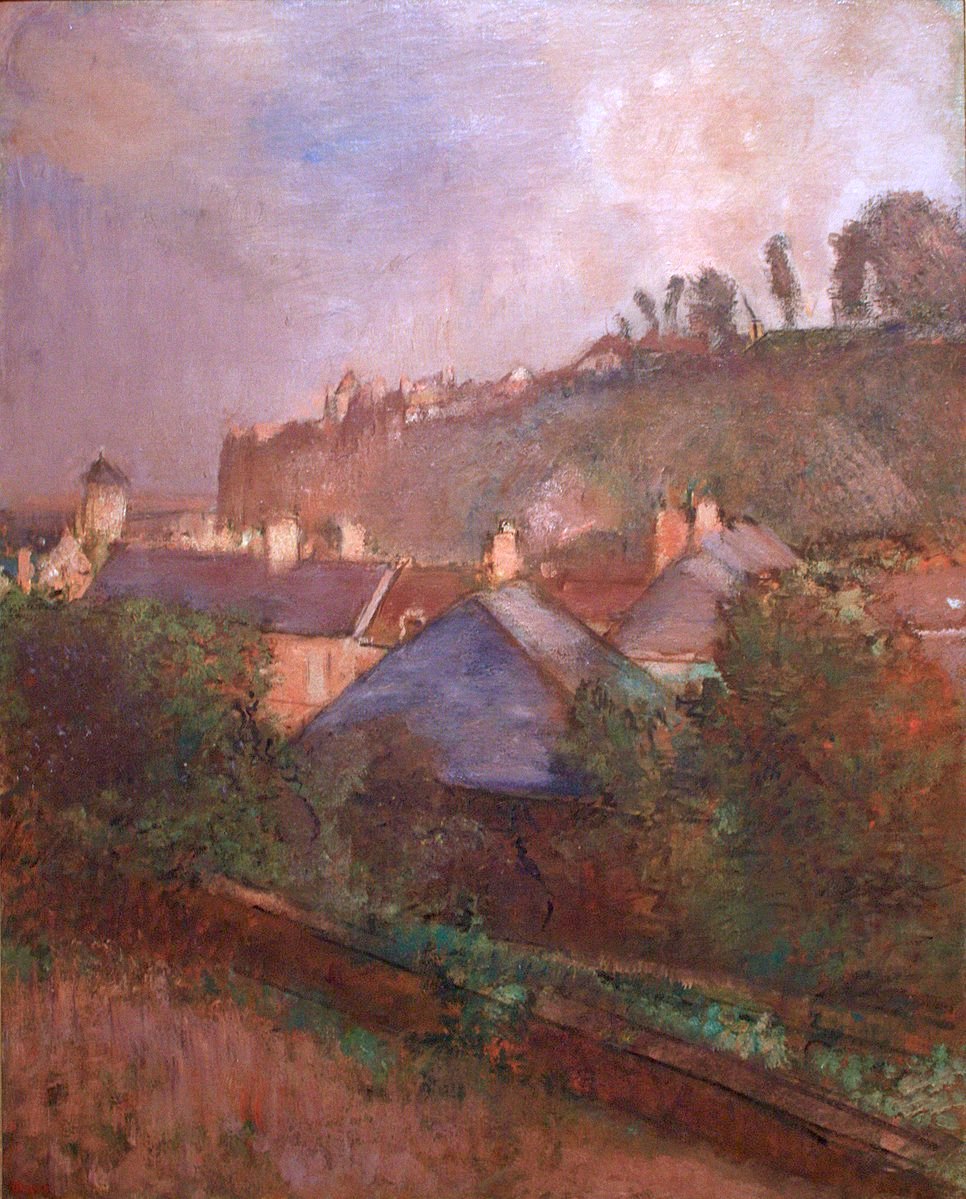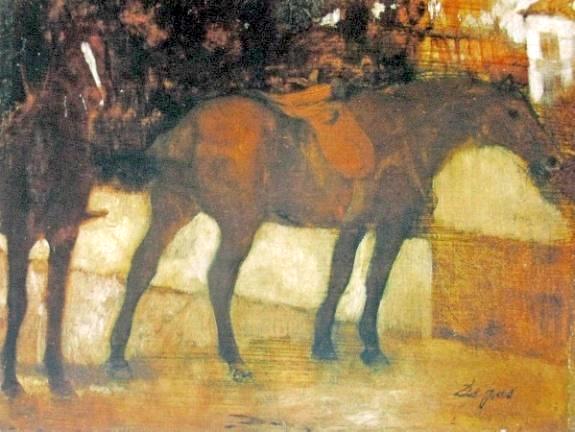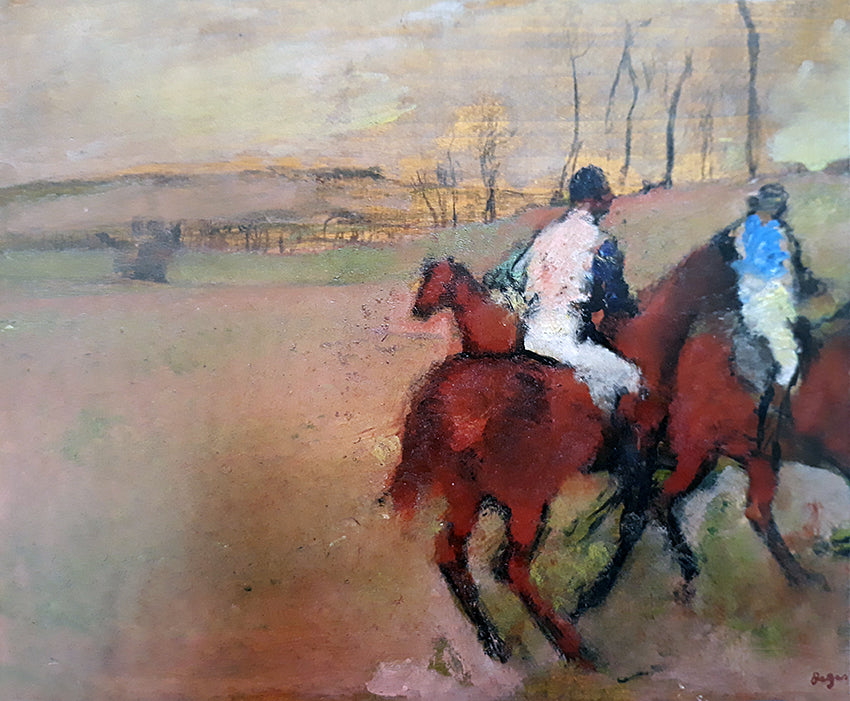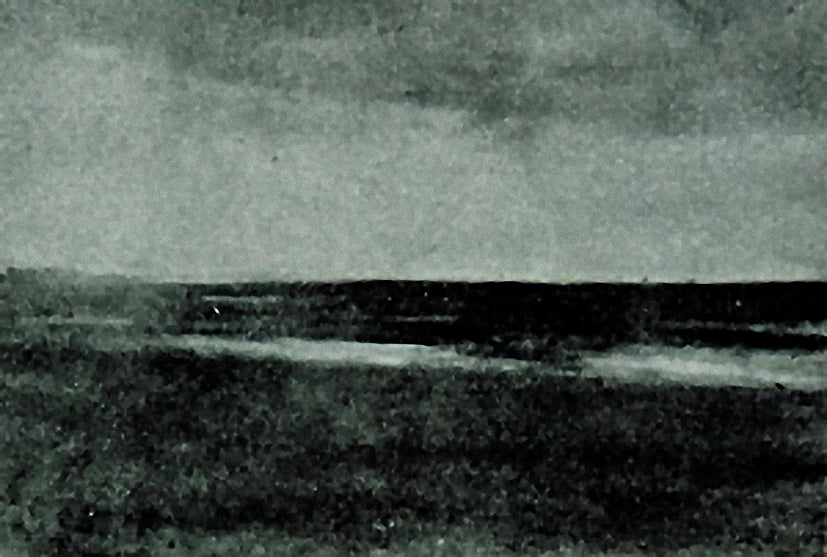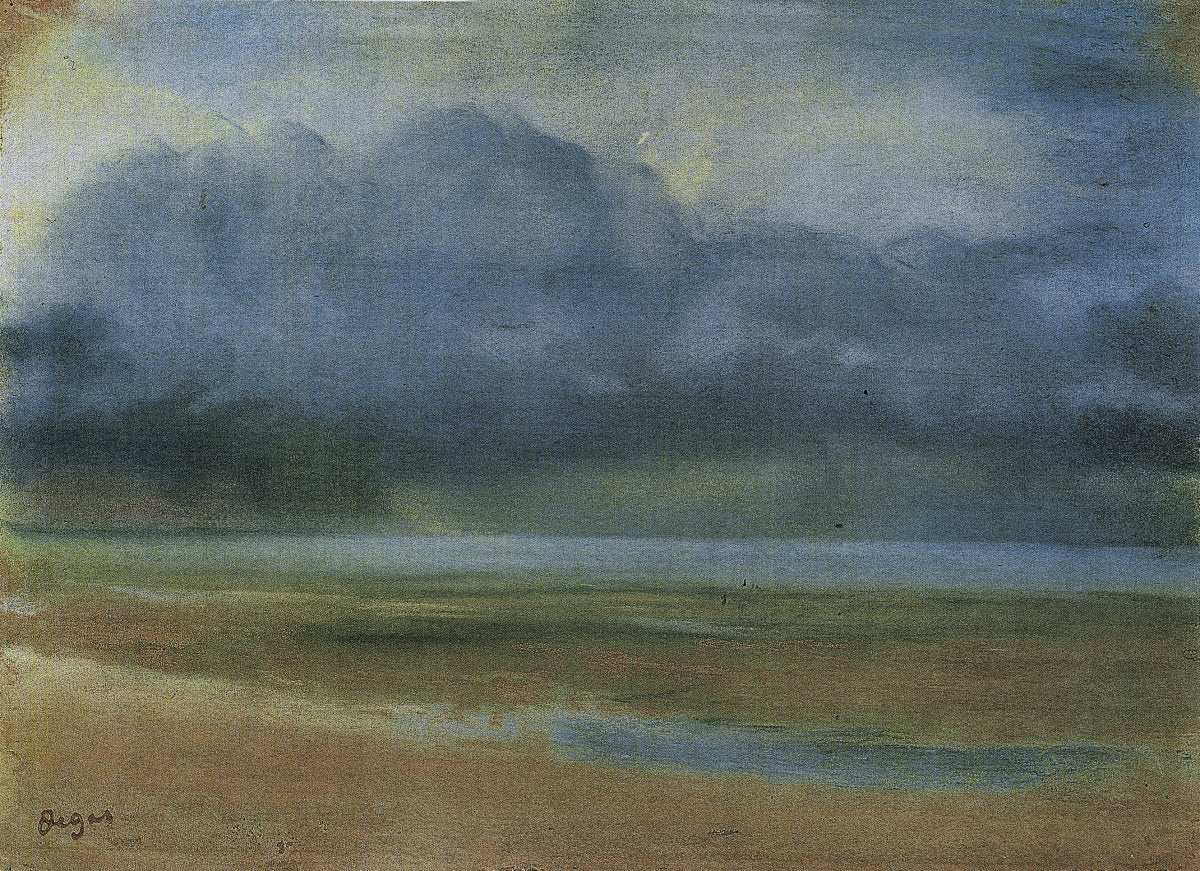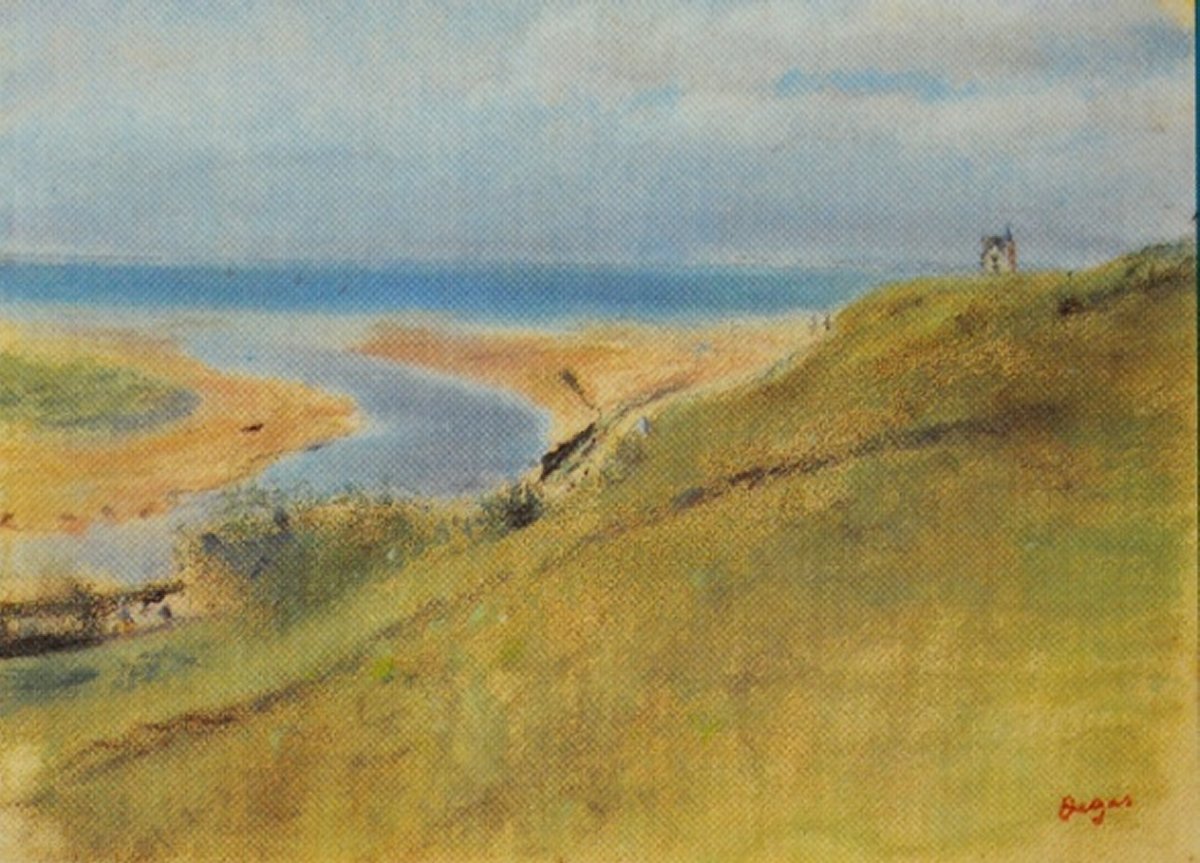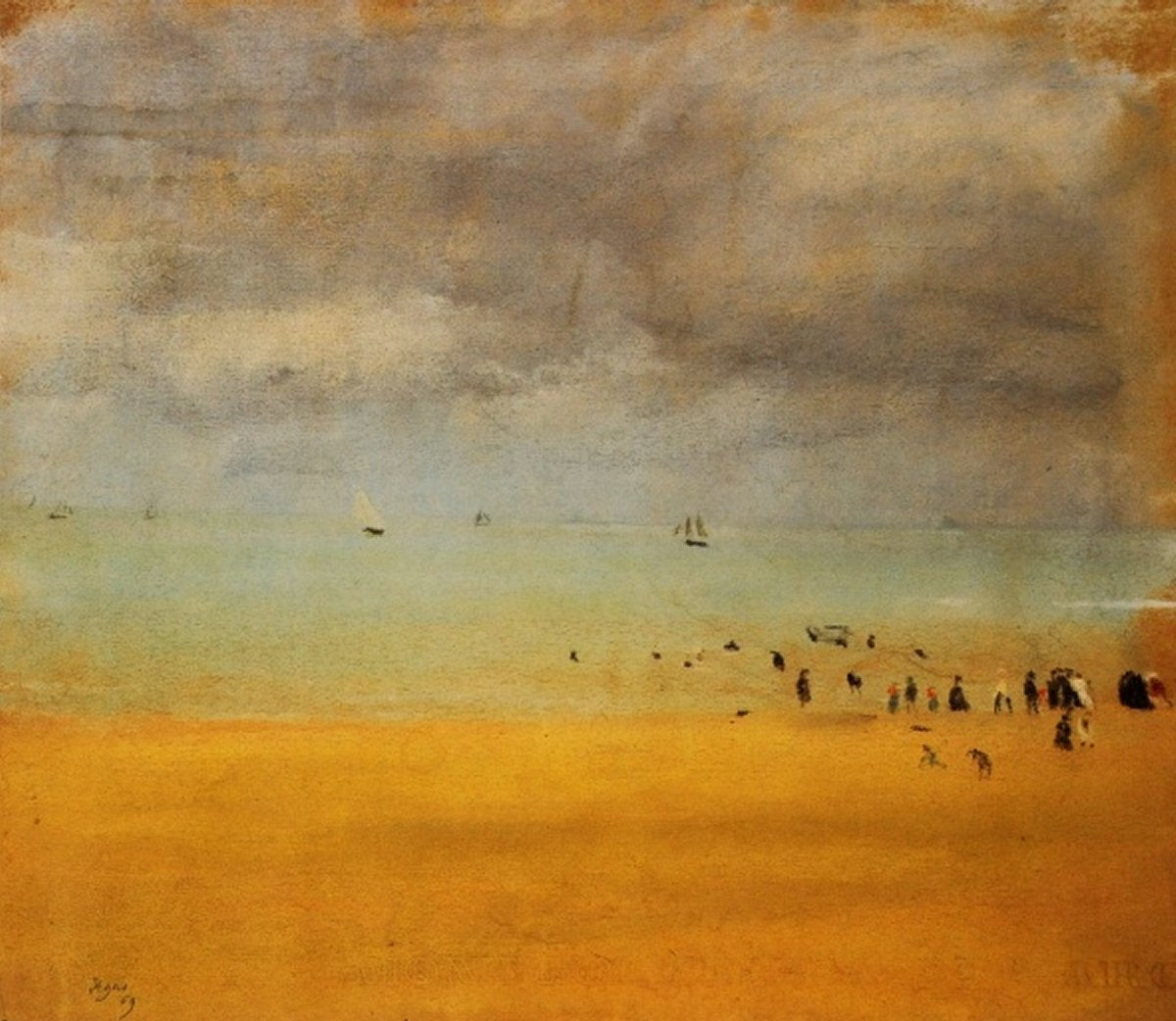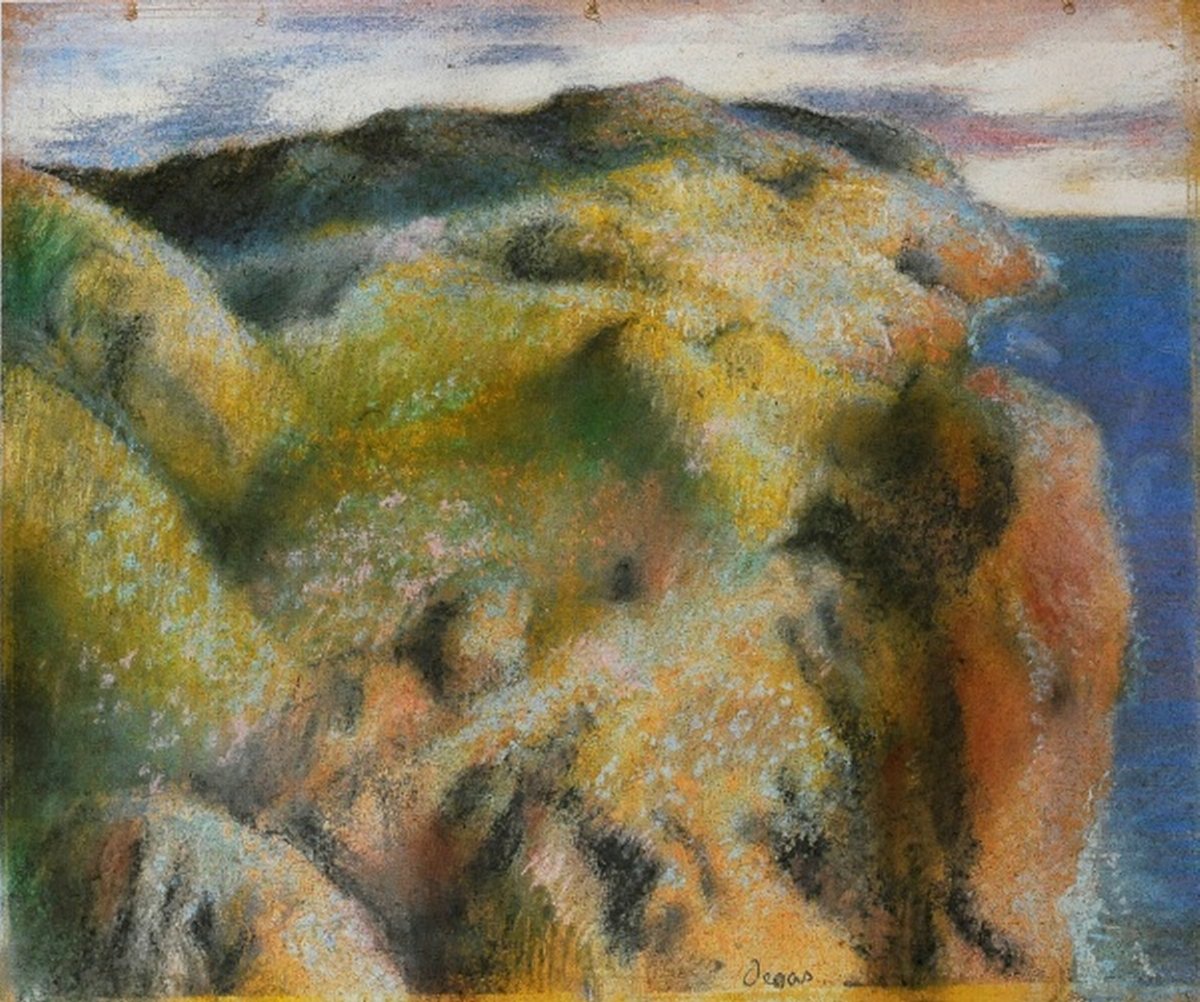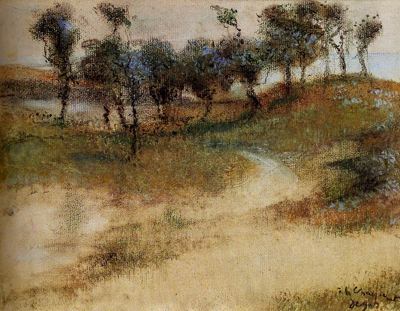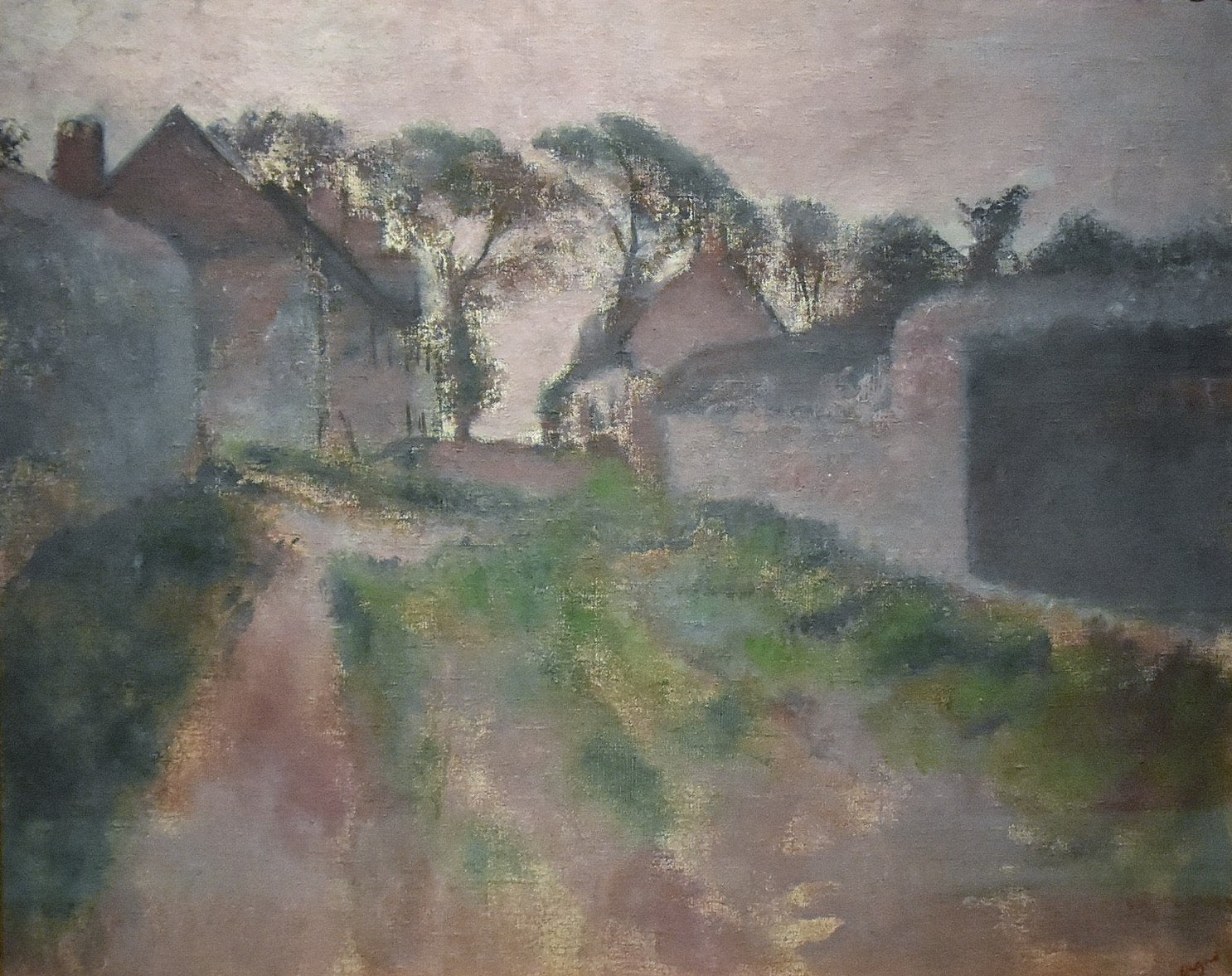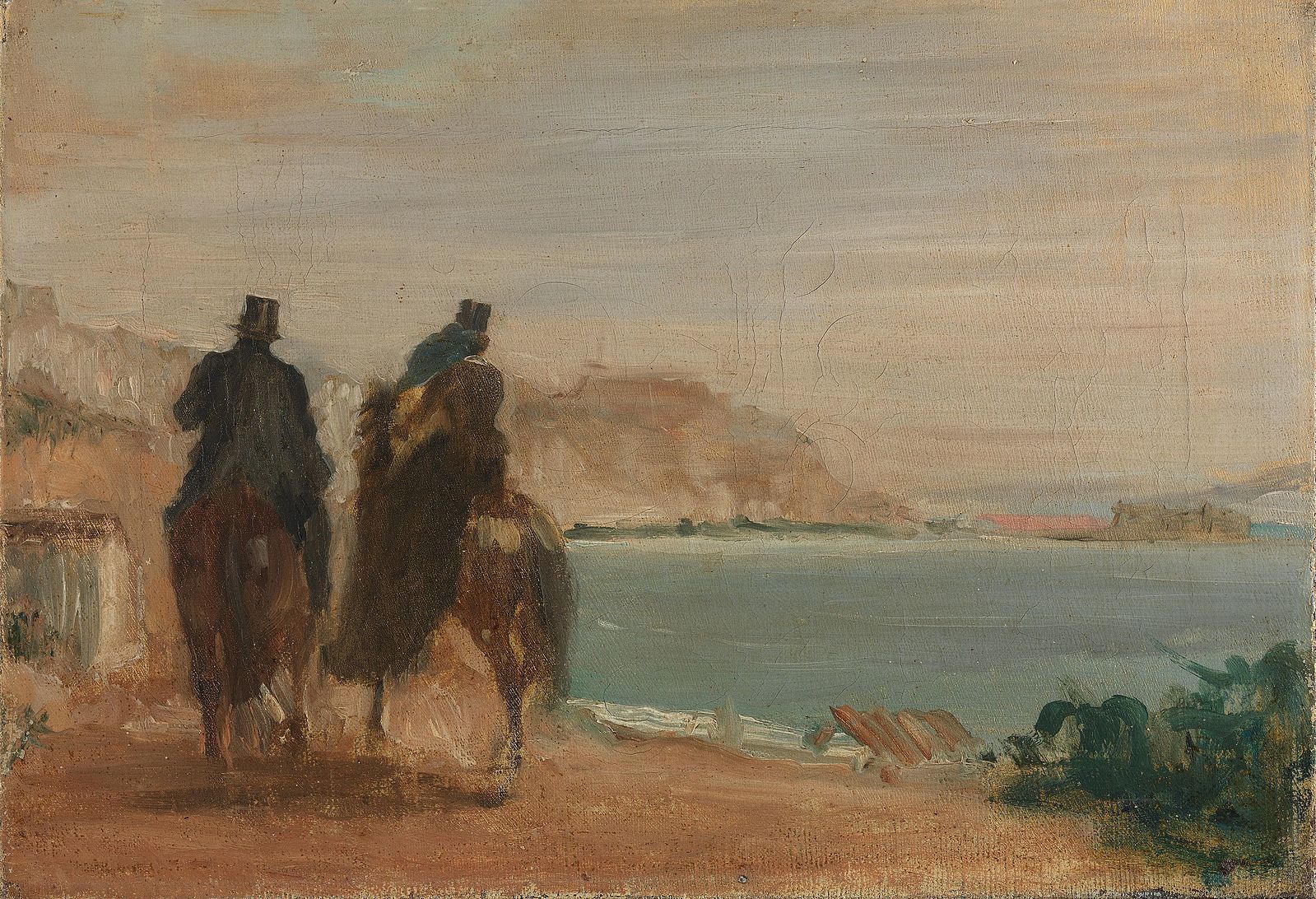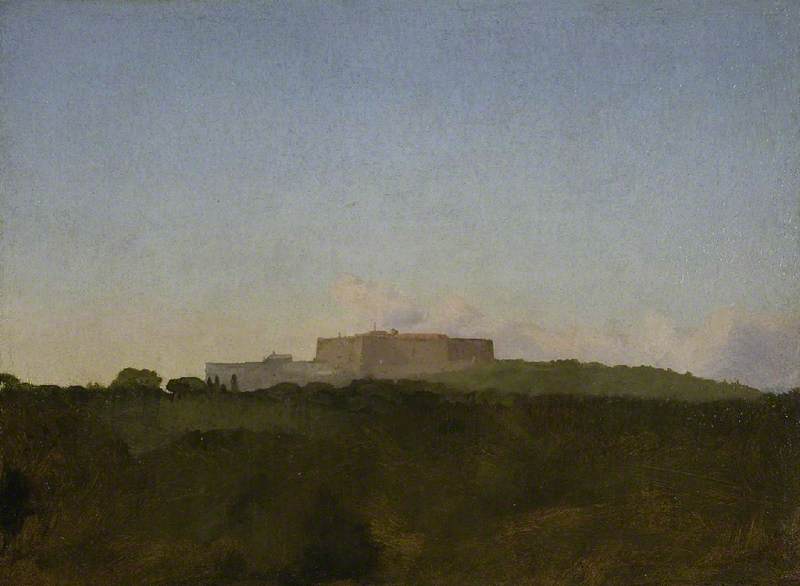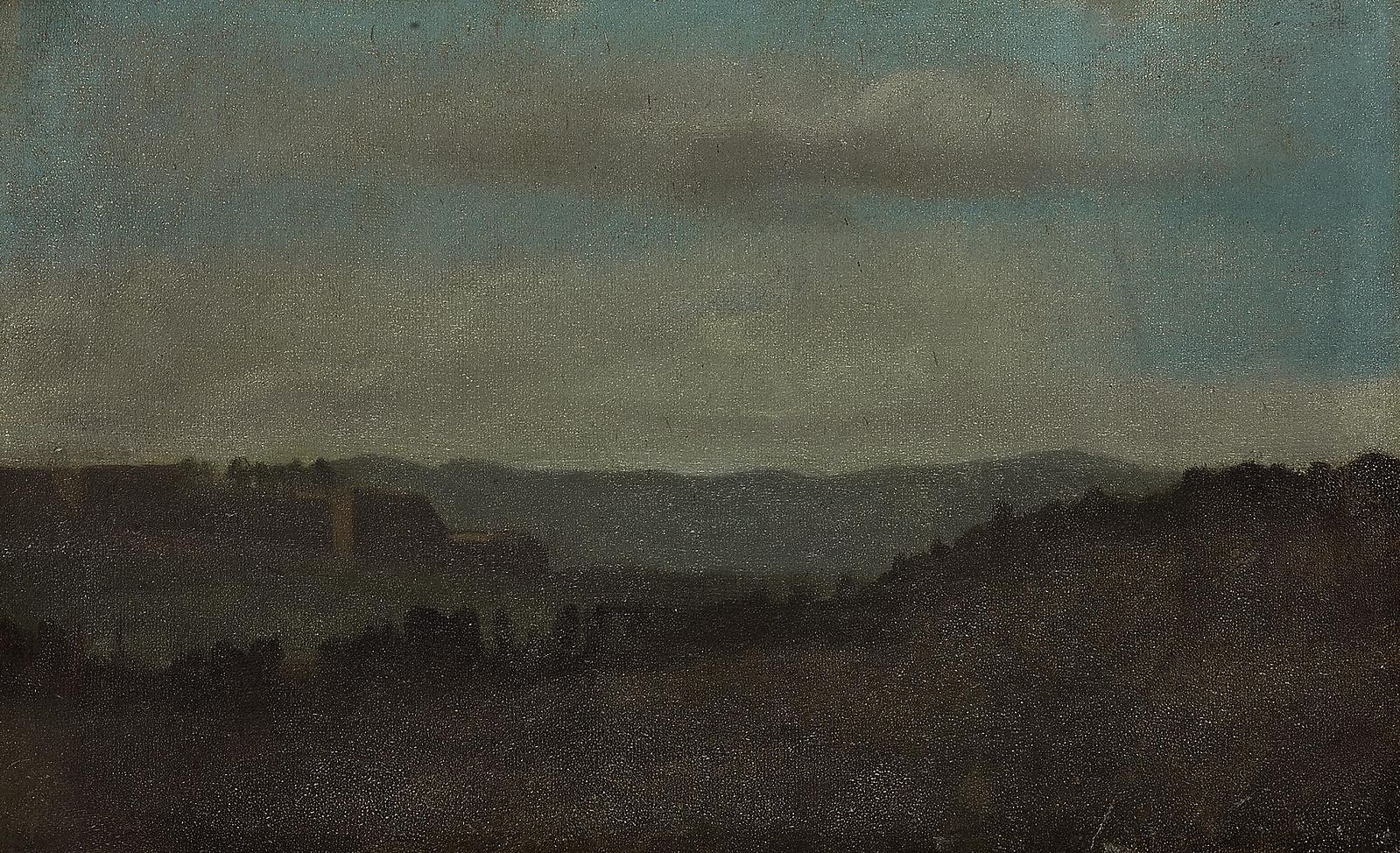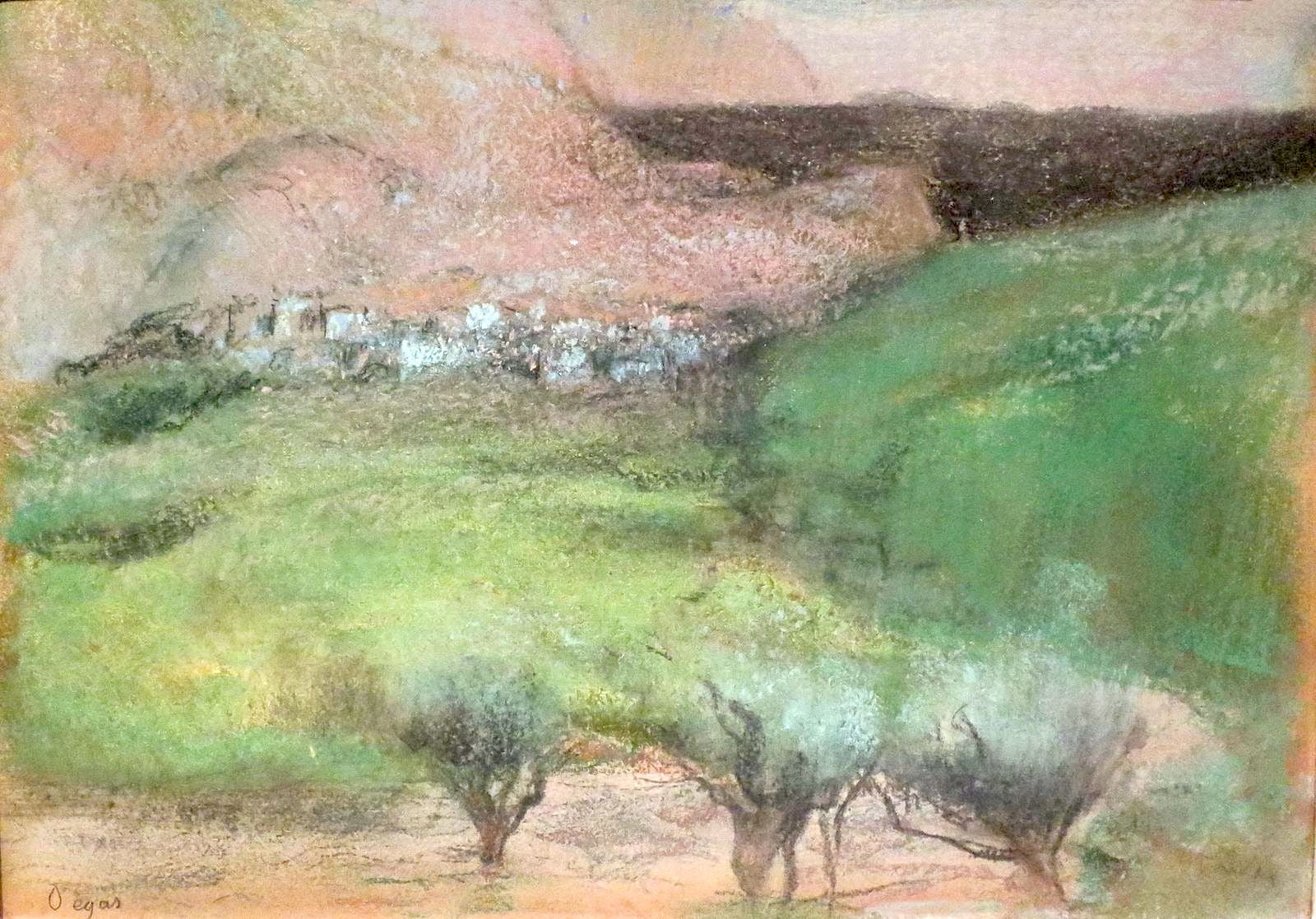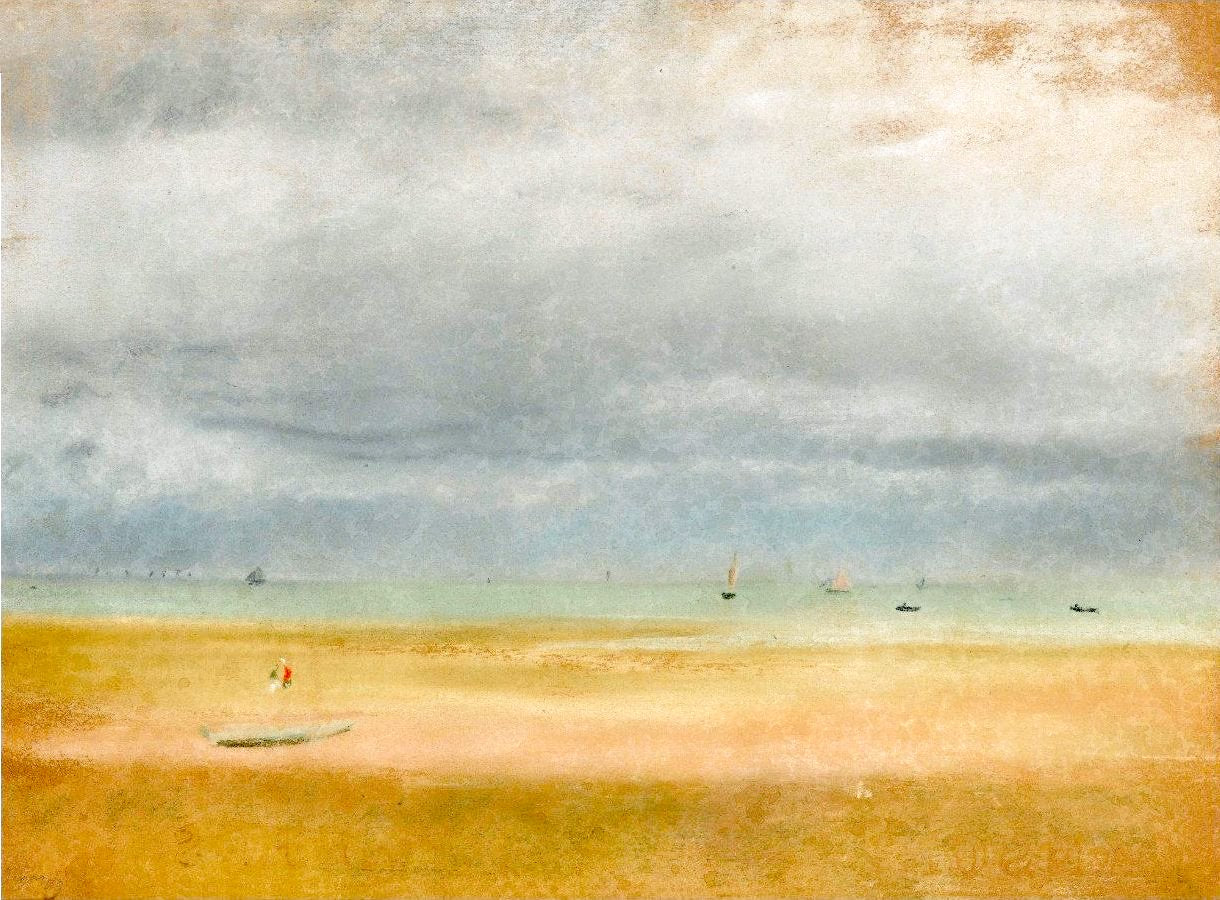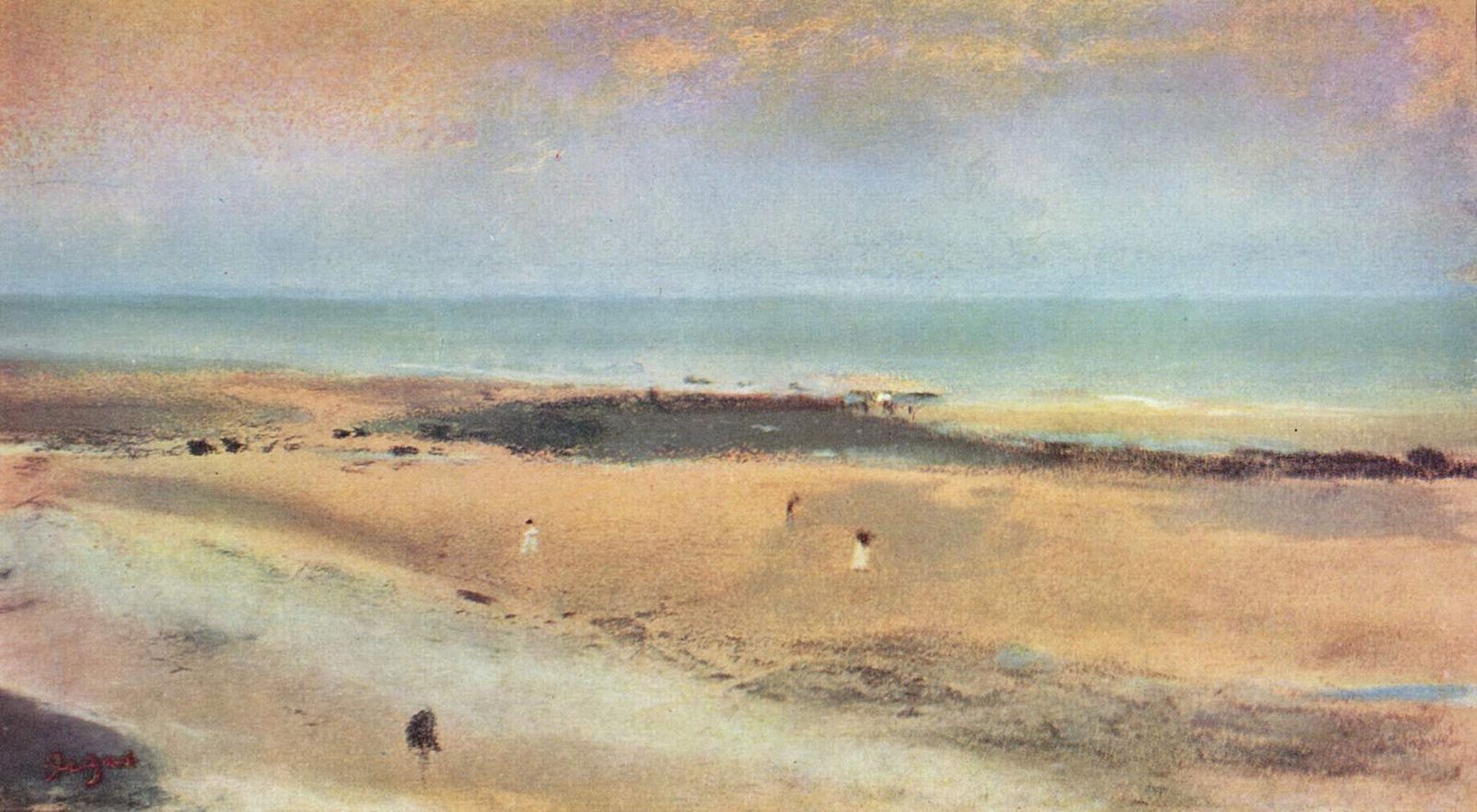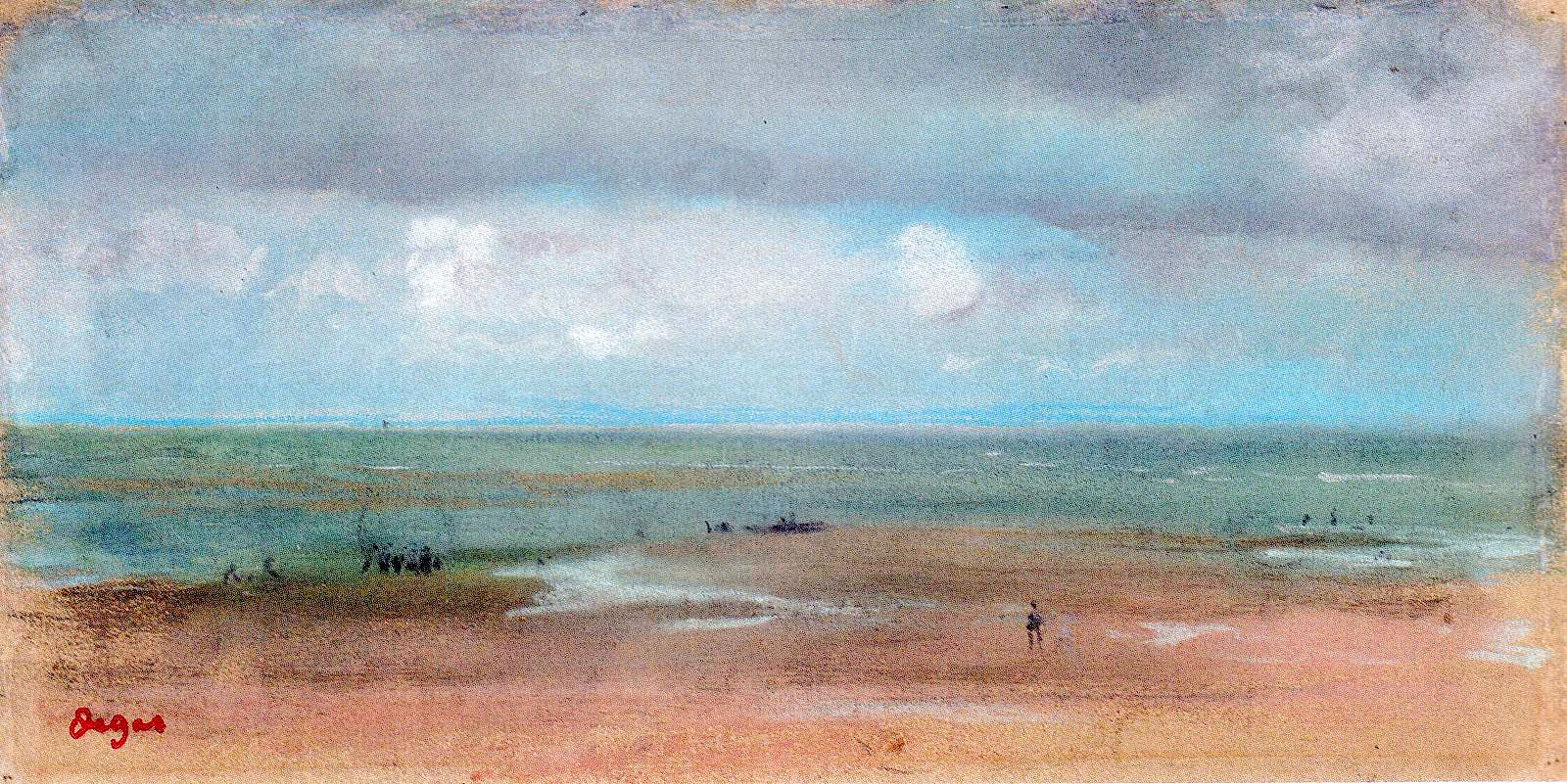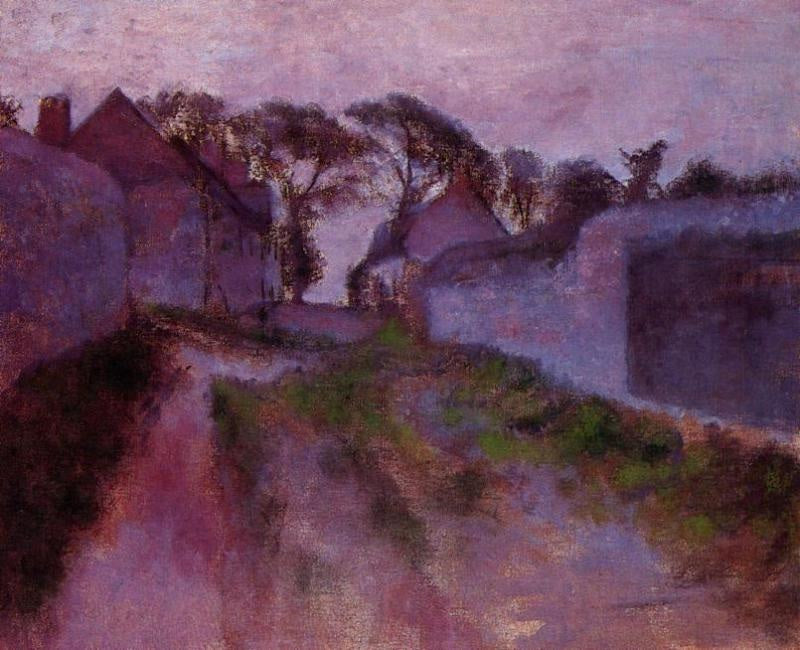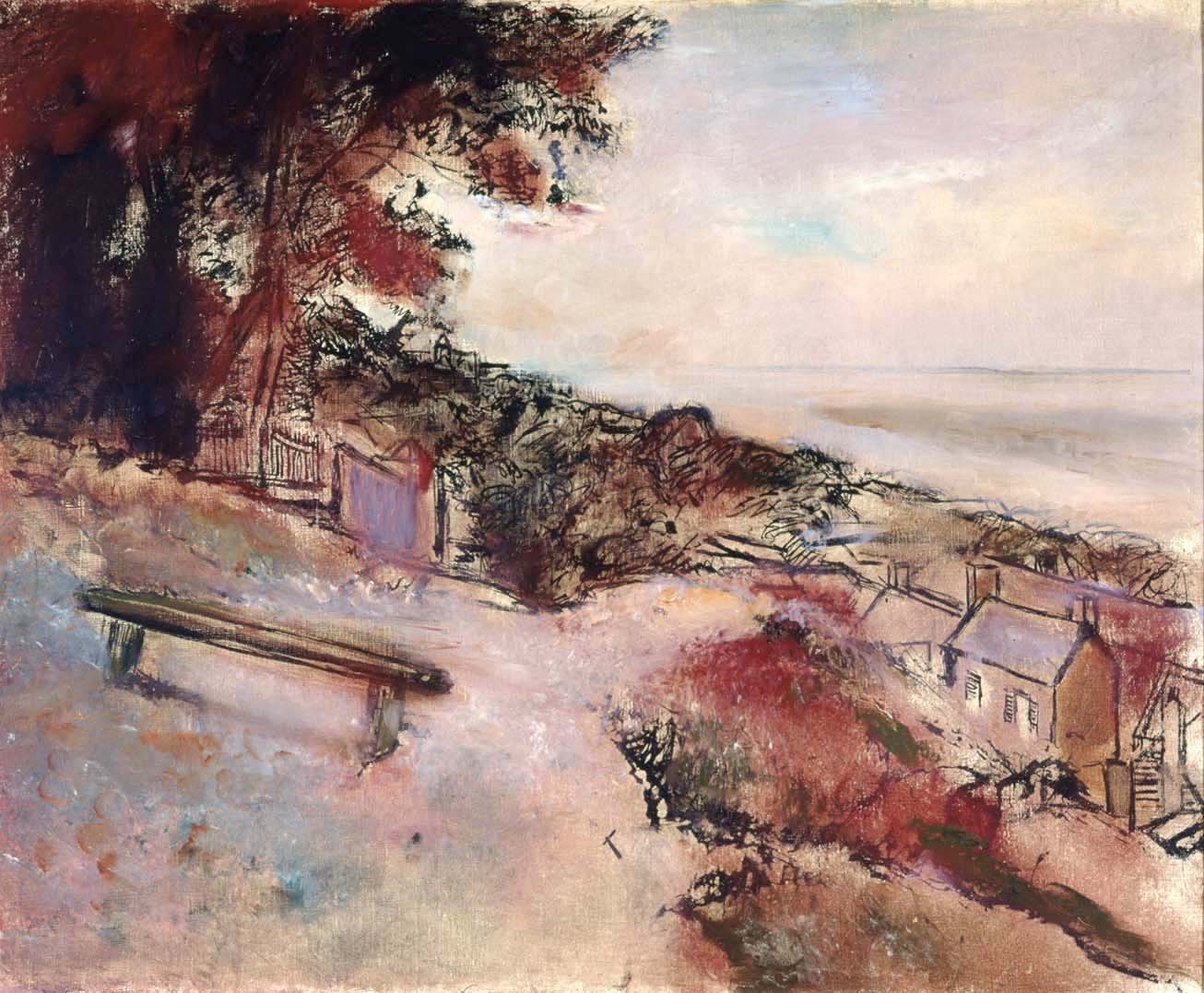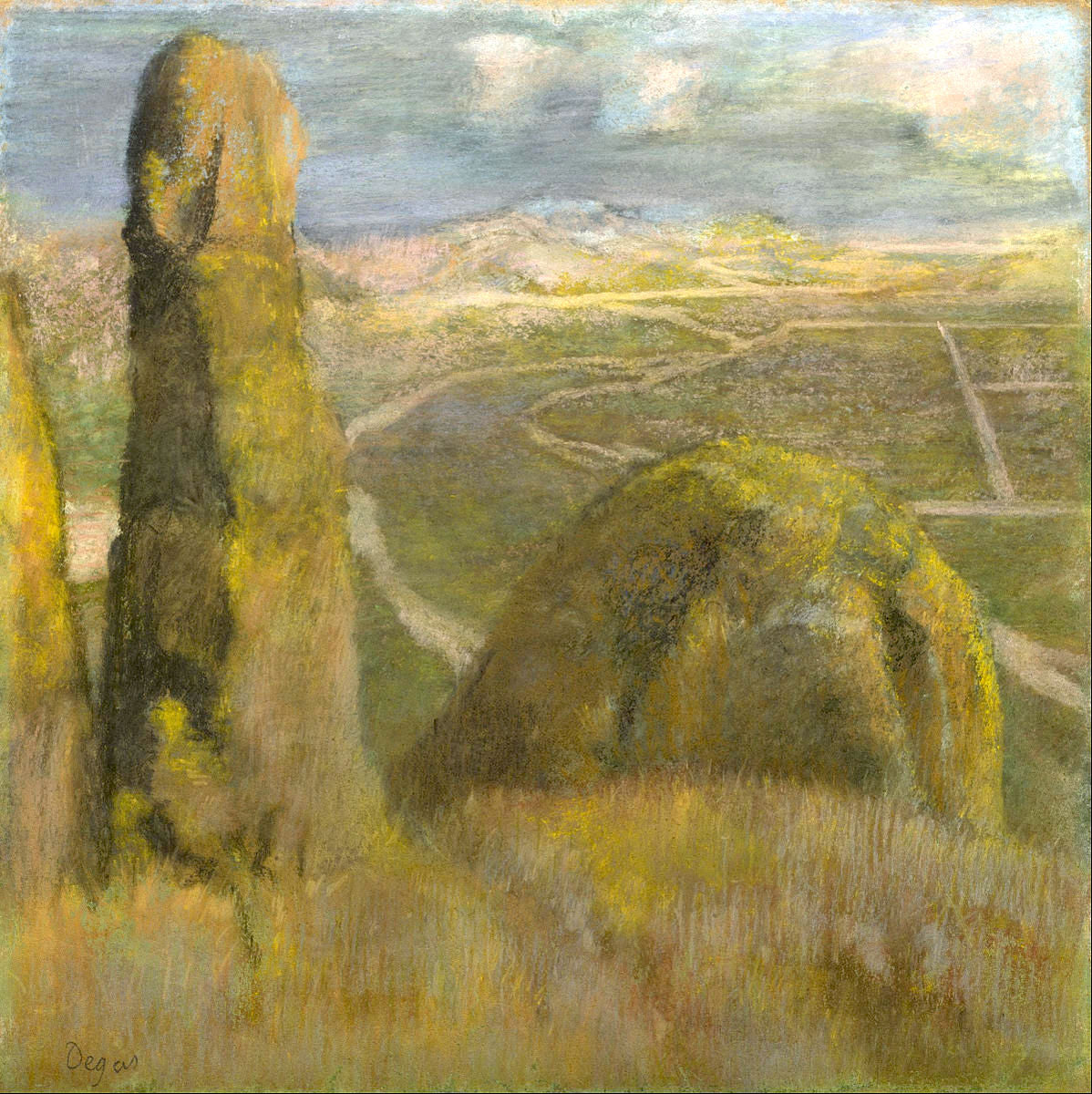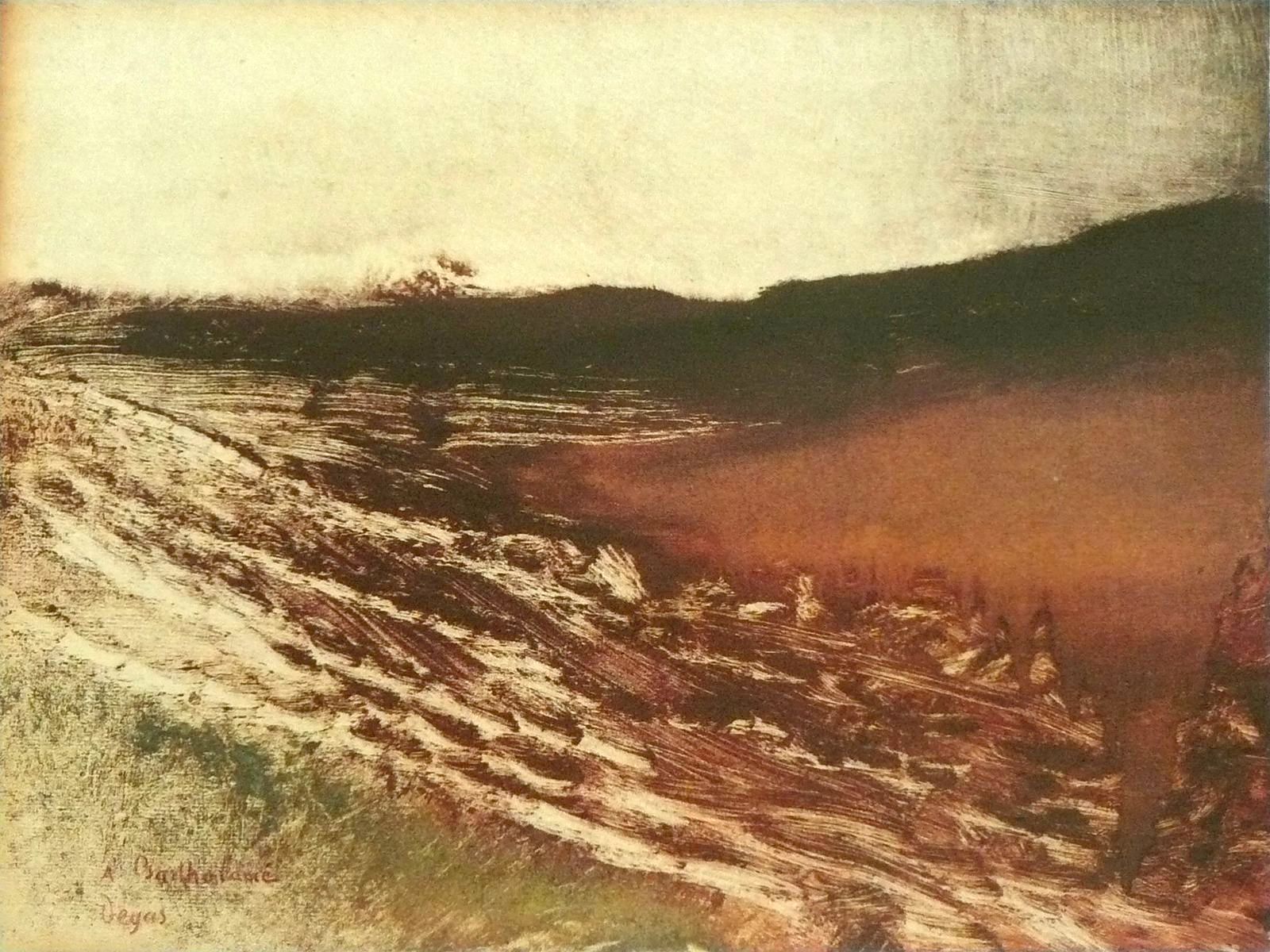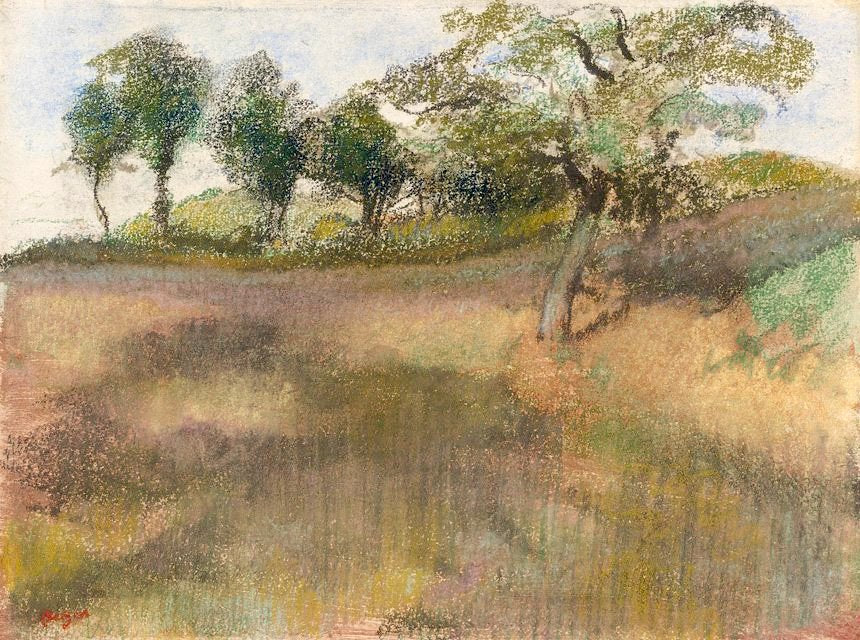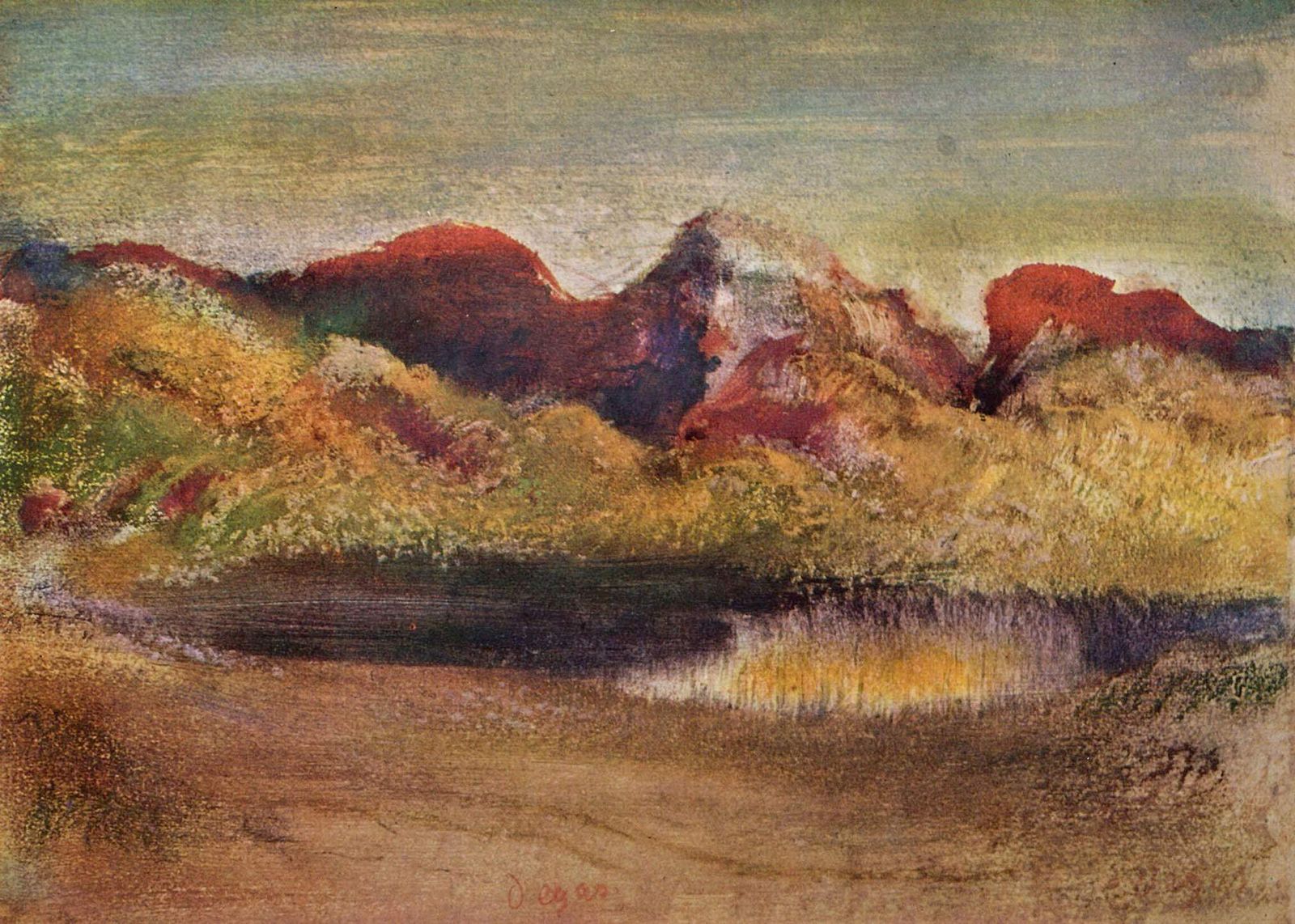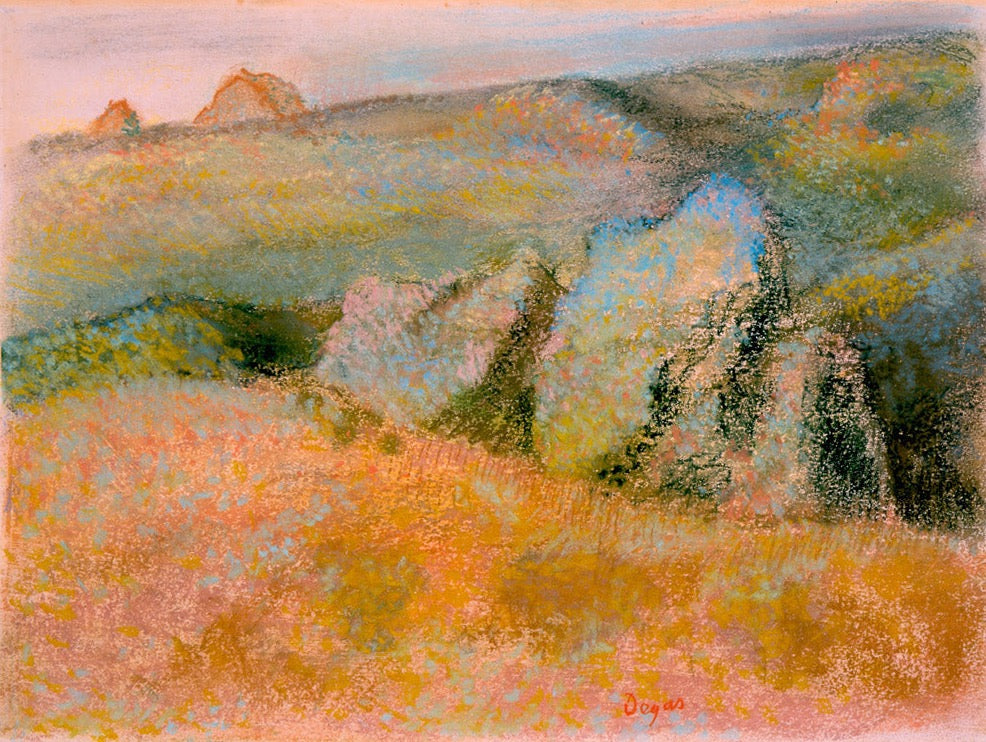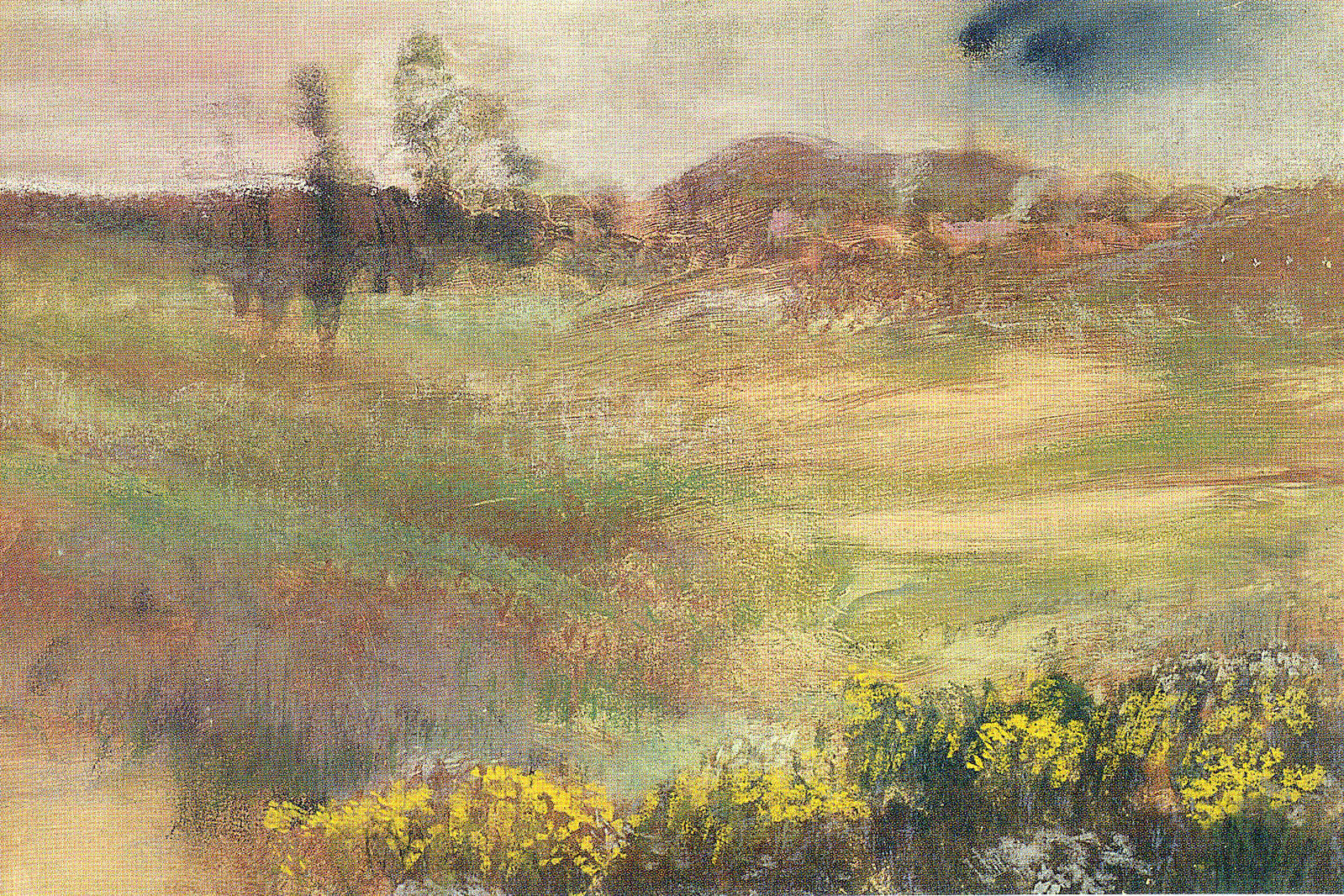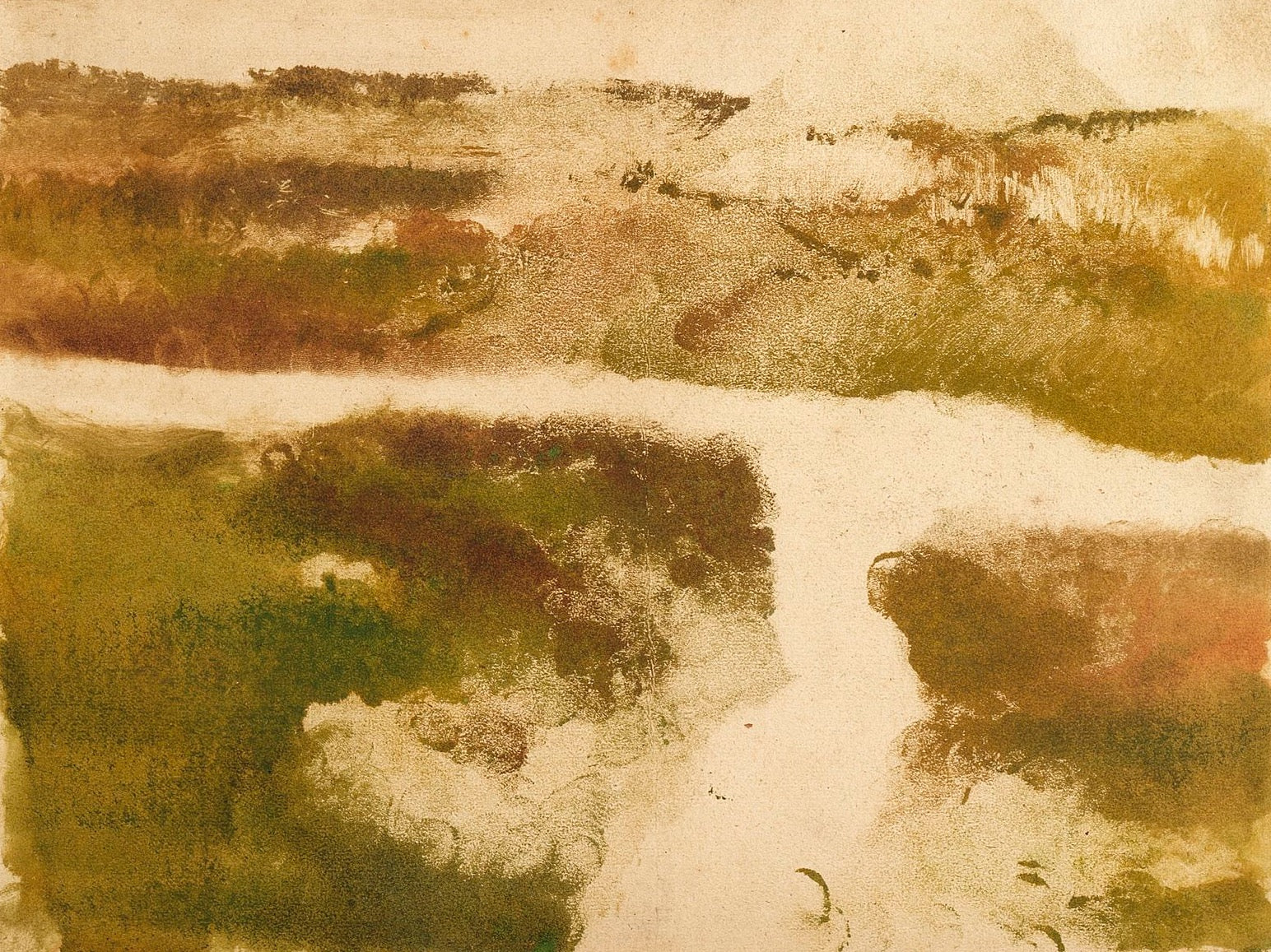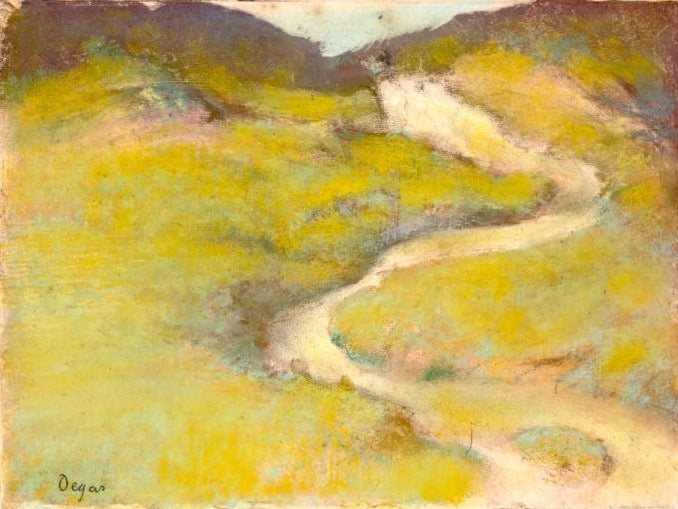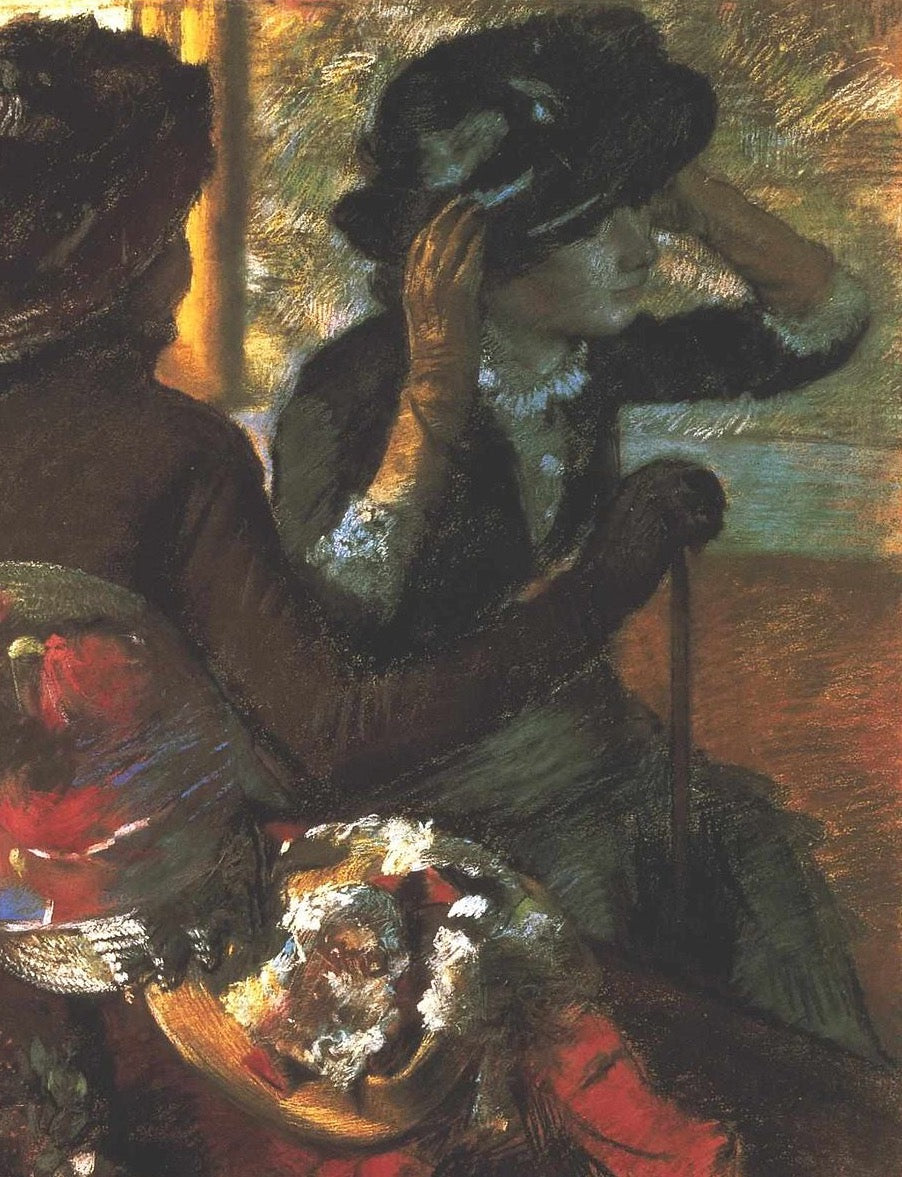Vendor:Edgar Degas
From $389.99 USD
Vendor:Edgar Degas
From $389.99 USD
Vendor:Edgar Degas
From $389.99 USD
Vendor:Edgar Degas
Woman Combing her Hair before a Mirror
From $389.99 USD
Vendor:Edgar Degas
From $389.99 USD
Vendor:Edgar Degas
Houses at the Foot of a Cliff (c. 1895-98)
From $389.99 USD
Vendor:Edgar Degas
From $389.99 USD
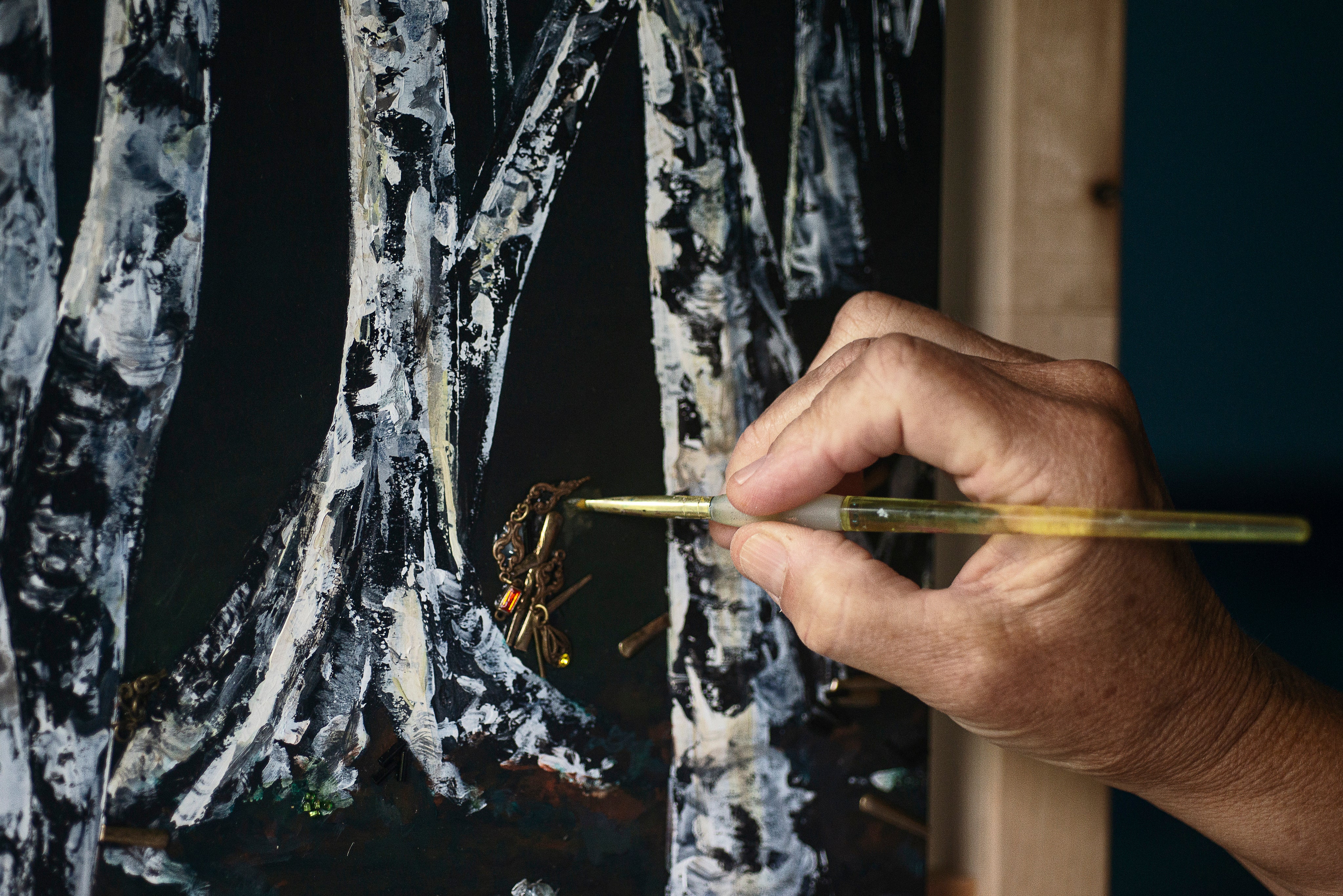
Looking for something unique?
Commission your own masterpiece – Contact us today.
Vendor:Edgar Degas
From $389.99 USD
Vendor:Edgar Degas
From $389.99 USD
Vendor:Edgar Degas
From $389.99 USD
Vendor:Edgar Degas
From $389.99 USD
Vendor:Edgar Degas
From $389.99 USD
Vendor:Edgar Degas
From $389.99 USD
Vendor:Edgar Degas
From $389.99 USD
Vendor:Edgar Degas
From $389.99 USD
Vendor:Edgar Degas
From $389.99 USD
Vendor:Edgar Degas
Castel Sant' Elmo, from Capodimonte
From $389.99 USD
Vendor:Edgar Degas
From $389.99 USD
Vendor:Edgar Degas
From $389.99 USD
Vendor:Edgar Degas
Olive Trees against a Mountainous Background
From $389.99 USD
Vendor:Edgar Degas
From $389.99 USD
Vendor:Edgar Degas
From $389.99 USD
Vendor:Edgar Degas
From $389.99 USD
Vendor:Edgar Degas
Meerlandschaft mit Sandstrand bei Ebbe
From $389.99 USD
Vendor:Edgar Degas
From $389.99 USD
Vendor:Edgar Degas
From $389.99 USD
Vendor:Edgar Degas
From $389.99 USD
Vendor:Edgar Degas
From $389.99 USD
Vendor:Edgar Degas
Plowed Field Bordered by Trees
From $389.99 USD
Vendor:Edgar Degas
From $389.99 USD
Vendor:Edgar Degas
From $389.99 USD
Vendor:Edgar Degas
From $389.99 USD
Vendor:Edgar Degas
From $389.99 USD
Vendor:Edgar Degas
From $389.99 USD
Vendor:Edgar Degas
From $389.99 USD
